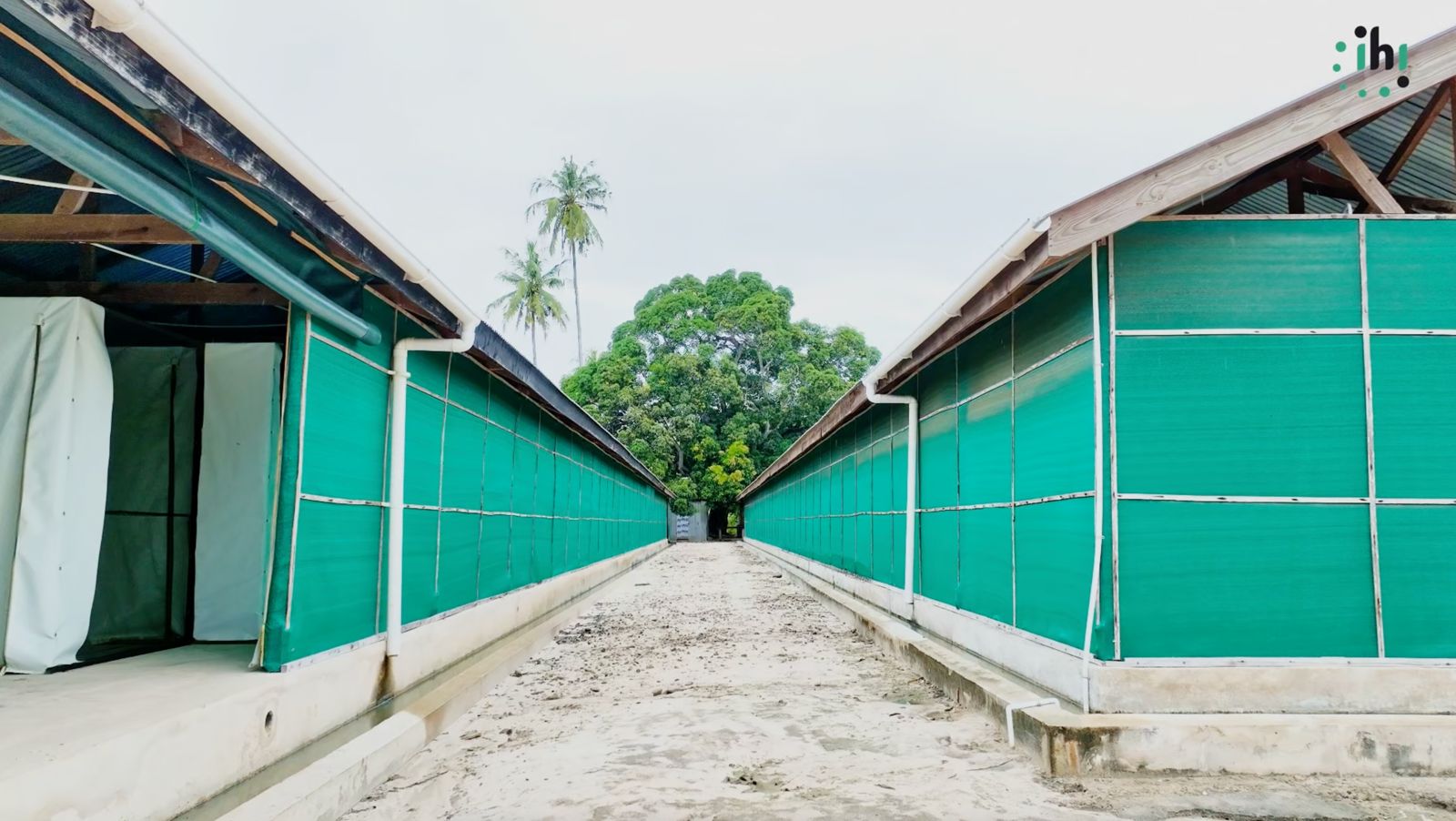
Principal Investigator: Masoud Suleiman
Project leader/ Coordinator: Dr. Mgeni Mohamed Tambwe
Project Administrator: Ritha Kidyala
Funding Partner: Department of Defense, Office of Naval Research through The Regents of the University of California
Start date: Jan. 1, 2024
End date: Dec. 31, 2026

Development of second generation passive emanators to reduce mosquito biting behavior - "SEGEPE"
Spatial repellents are designed to prevent contact between humans and mosquitoes by working at a distance. Currently, pyrethroid-based insecticides like transfluthrin and metofluthrin are being used.
The Development of second generation passive emanators to reduce mosquito biting behavior - "SEGEPE" study aims to combine previous insecticides with new ones as a strategy to combat resistance when using spatial repellents.
Implemented in Bagamoyo, Tanzania by Ifakara Health Institute, the study objectives include;
- To conduct detailed entomological assessments of eleven pre-identified volatile chemical compounds and essential oils to be studied alone and in combination as a resistance management strategy
- To develop two optimized lightweight and portable prototypes that provide at least 4 weeks of protection suitable for use by deployed warfighters
Expected outcomes include feeding success knockdown/mortality.
